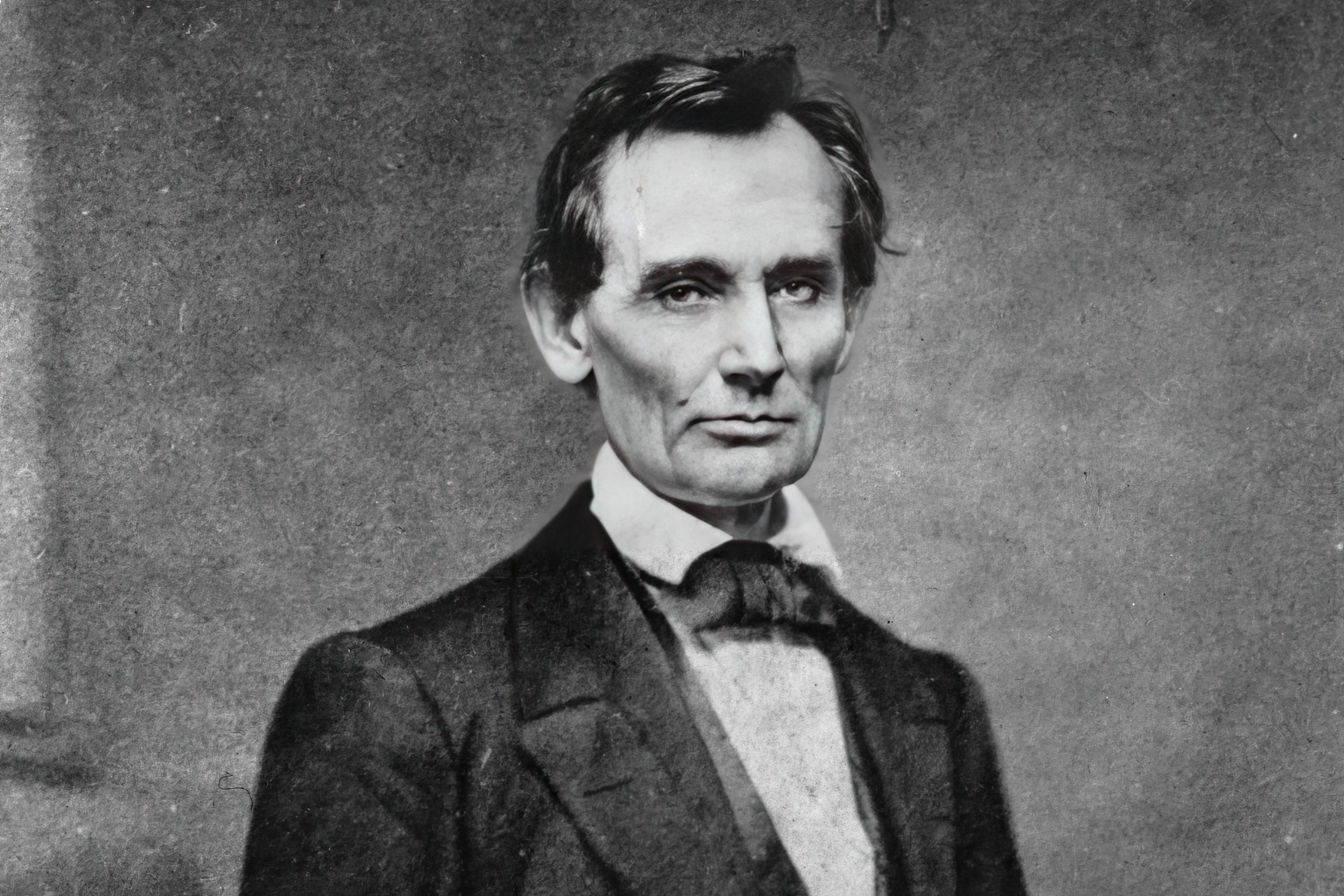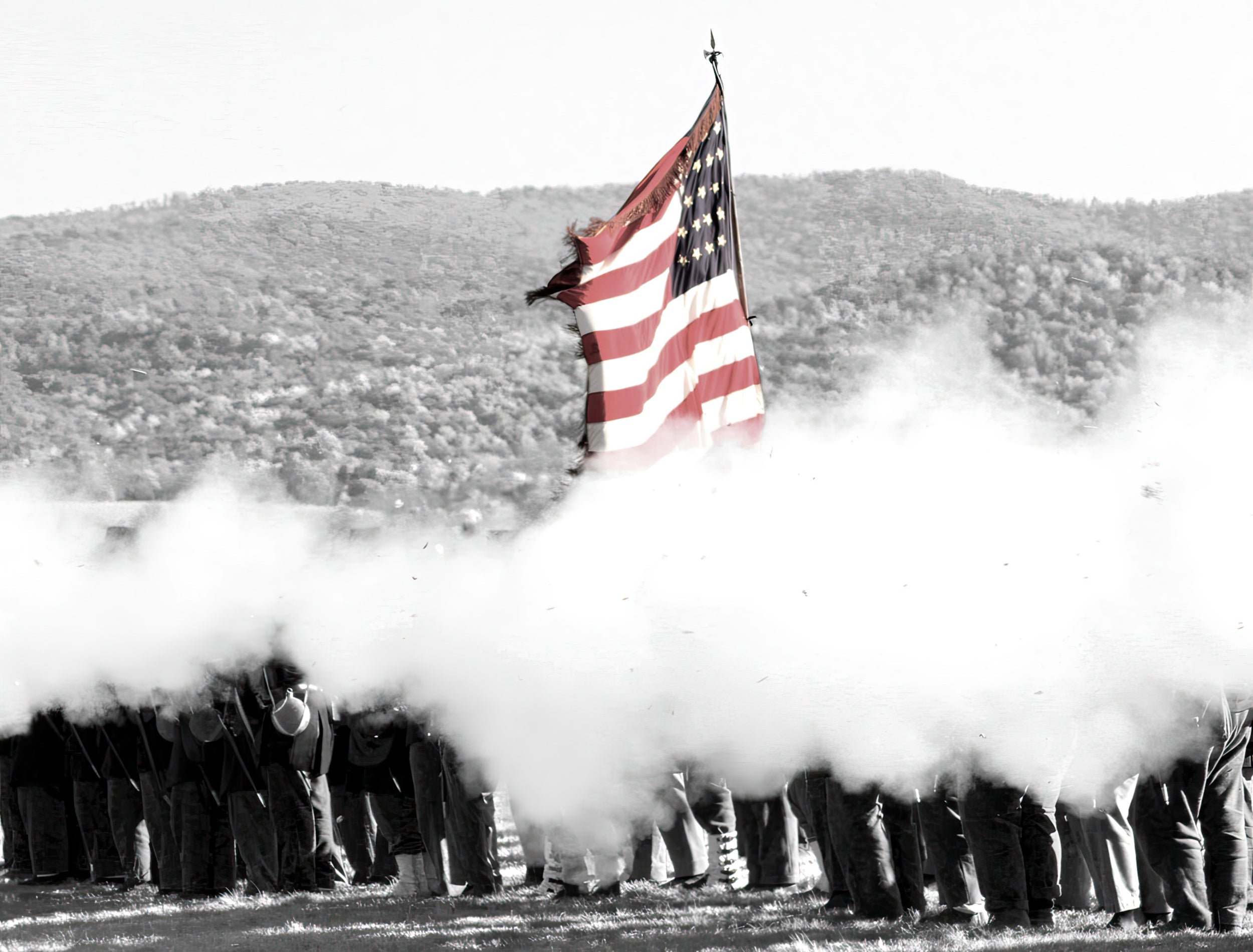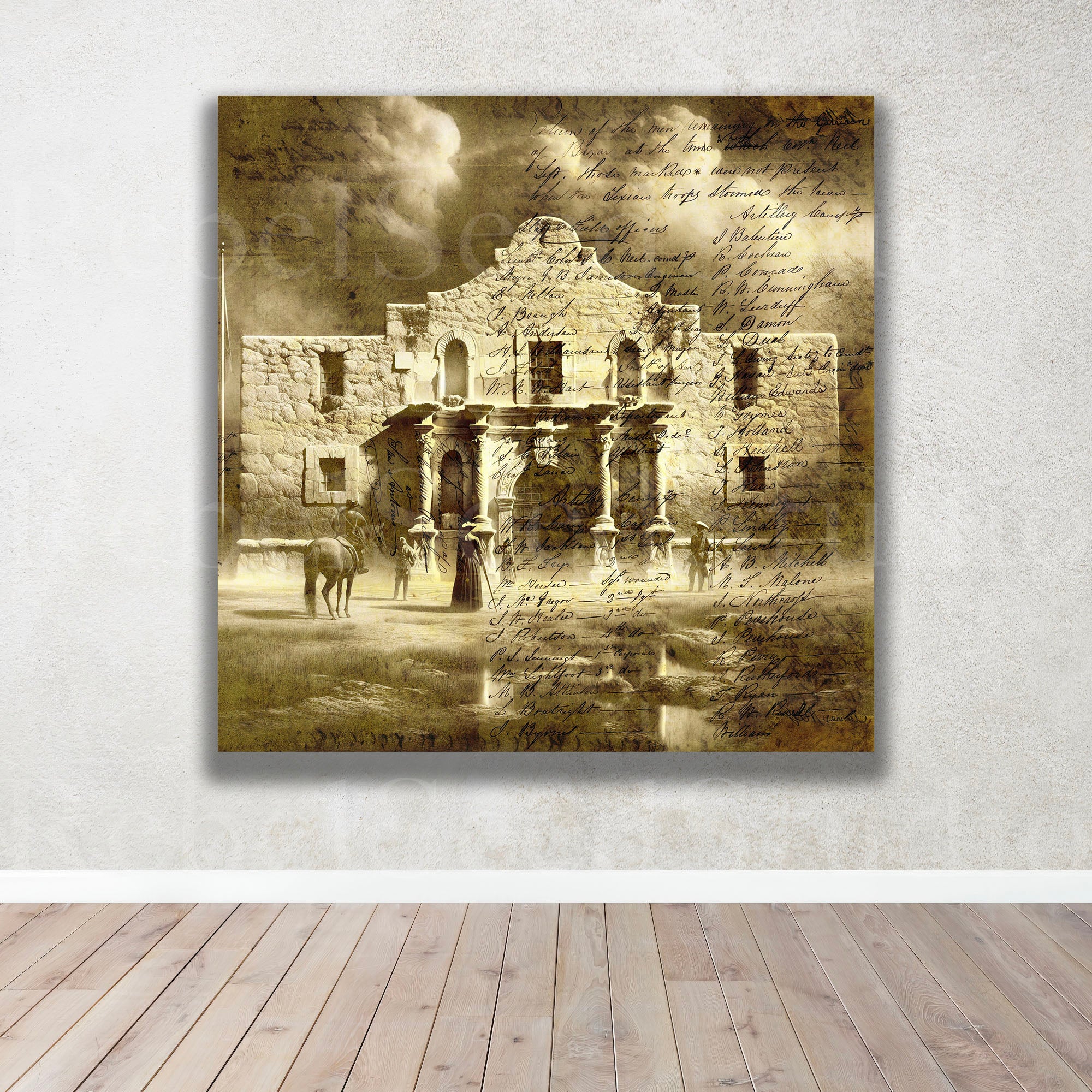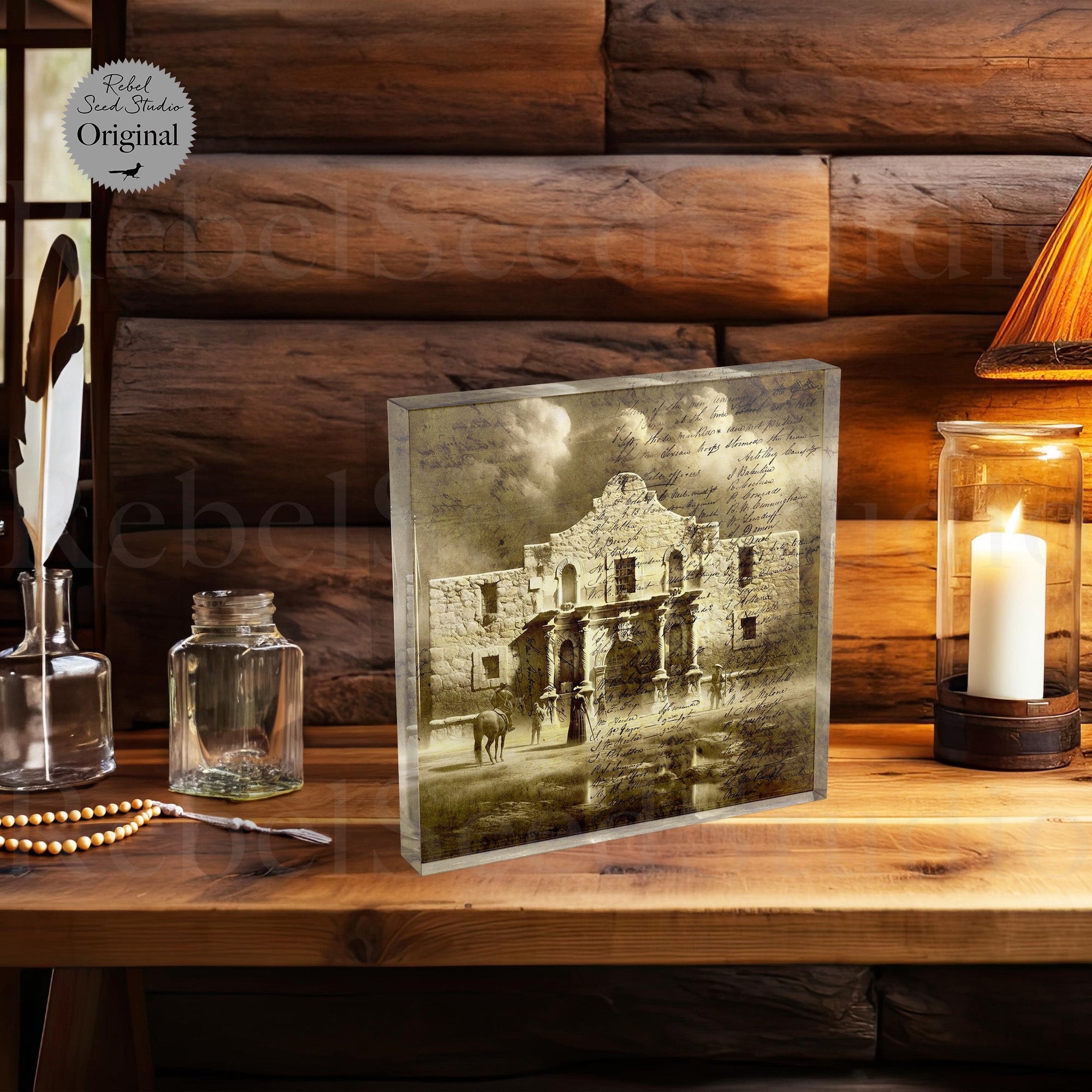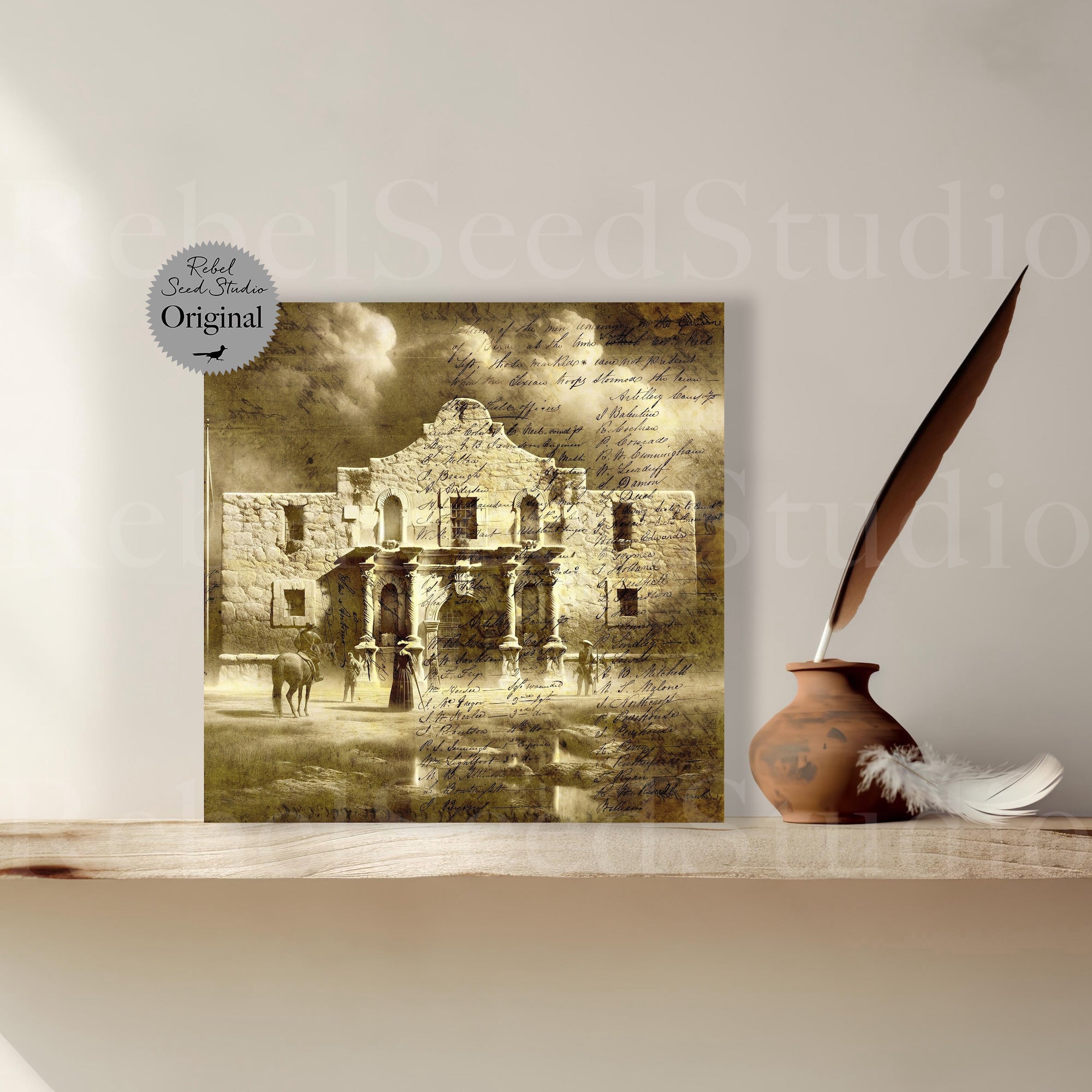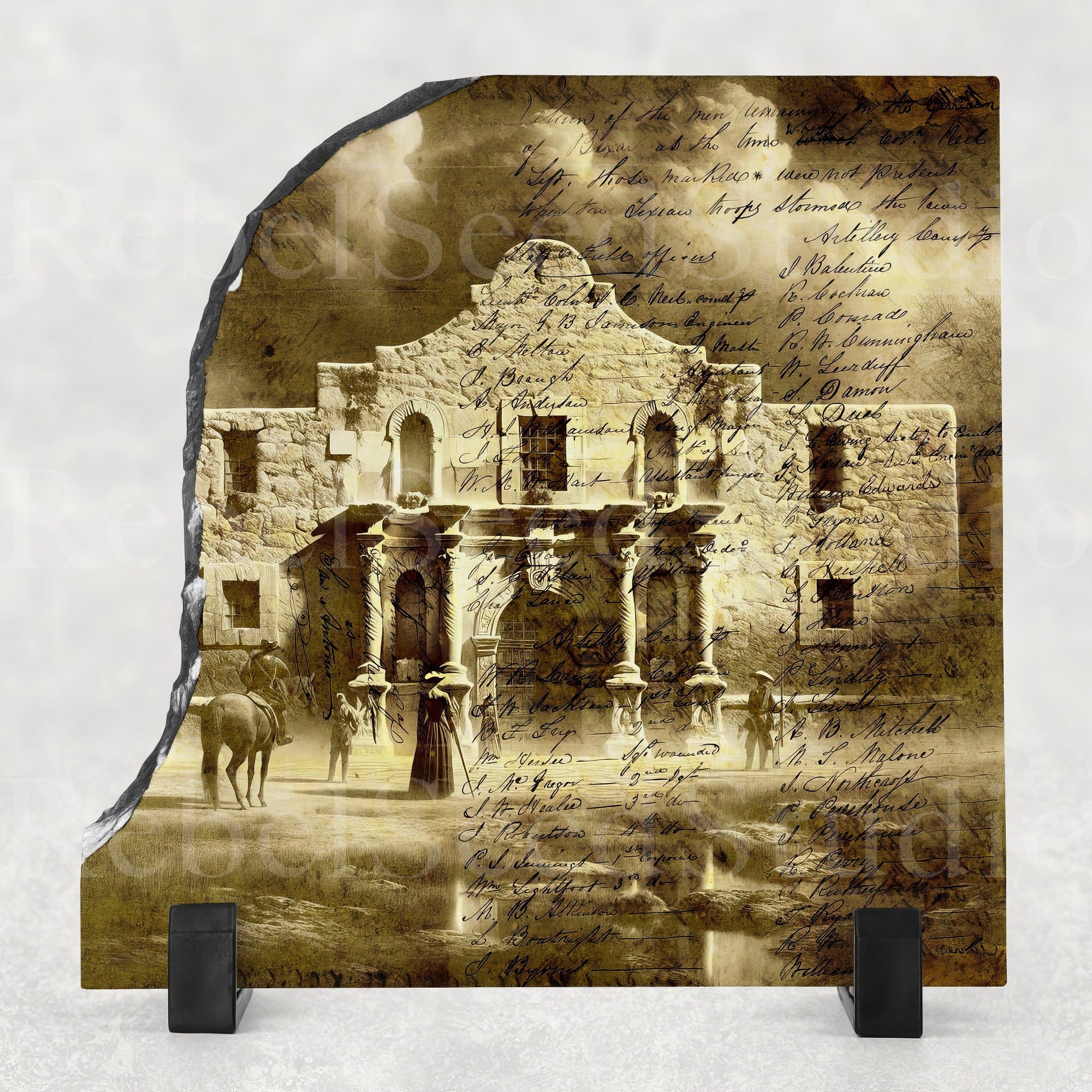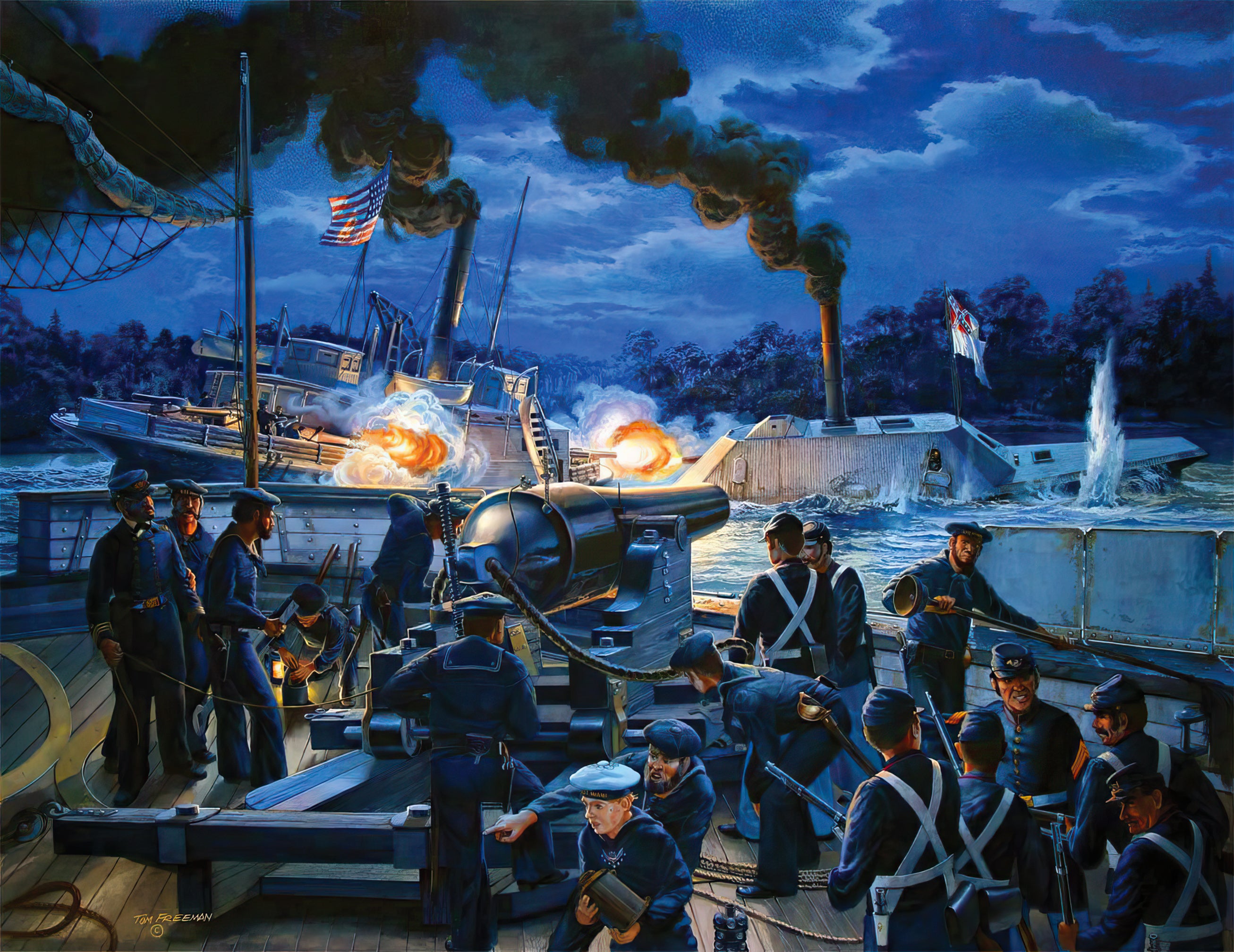
Lieutenant Cushing and the Ram Albemarle
Historical article reprinted from the book "Hero Tales from American History" written by Theodore Roosevelt in 1895.
God give us peace! Not such as lulls to sleep,
But sword on thigh, and brow with purpose knit!
And let our Ship of State to harbor sweep,
Her ports all up, her battle-lanterns lit,
And her leashed thunders gathering for their leap!
- Lowell
The great Civil War was remarkable in many ways, but in no way more remarkable than for the extraordinary mixture of inventive mechanical genius and of resolute daring shown by the combatants. After the first year, when the contestants had settled down to real fighting, and the preliminary mob work was over, the battles were marked by their extraordinary obstinacy and heavy loss. In no European conflict since the close of the Napoleonic wars has the fighting been anything like as obstinate and as bloody as was the fighting in our own Civil War. In addition to this fierce and dogged courage, this splendid fighting capacity, the contest also brought out the skilled inventive power of engineer and mechanician in a way that few other contests have ever done.
This was especially true of the navy. The fighting under and against Farragut and his fellow-admirals revolutionized naval warfare. The Civil War marks the break between the old style and the new. Terrible encounters took place when the terrible new engines of war were brought into action for the first time; and one of these encounters has given an example which, for heroic daring combined with cool intelligence, is unsurpassed in all time.
The Confederates showed the same skill and energy in building their great ironclad rams as the men of the Union did in building the monitors which were so often pitted against them. Both sides, but especially the Confederates, also used stationary torpedoes, and, on a number of occasions, torpedo-boats likewise. These torpedo-boats were sometimes built to go under the water. One such, after repeated failures, was employed by the Confederates, with equal gallantry and success, in sinking a Union sloop of war off Charleston harbor, the torpedo-boat itself going down to the bottom with its victim, all on board being drowned. The other type of torpedo-boat was simply a swift, ordinary steam-launch, operated above water.
It was this last type of boat which Lieutenant W. B. Cushing brought down to Albemarle Sound to use against the great Confederate ram Albemarle. The ram had been built for the purpose of destroying the Union blockading forces. Steaming down river, she had twice attacked the Federal gunboats, and in each case had sunk or disabled one or more of them, with little injury to herself. She had retired up the river again to lie at her wharf and refit. The gunboats had suffered so severely as to make it a certainty that when she came out again, thoroughly fitted to renew the attack, the wooden vessels would be destroyed; and while she was in existence, the Union vessels could not reduce the forts and coast towns.
Just at this time Cushing came down from the North with his swift little torpedo-boat, an open launch, with a spar-rigged out in front, the torpedo being placed at the end. The crew of the launch consisted of fifteen men, Cushing being in command. He not only guided his craft, but himself handled the torpedo by means of two small ropes, one of which put it in place, while the other exploded it. The action of the torpedo was complicated, and it could not have been operated in a time of tremendous excitement save by a man of the utmost nerve and self-command; but Cushing had both. He possessed precisely that combination of reckless courage, presence of mind, and high mental capacity necessary to the man who leads a forlorn hope under peculiarly difficult circumstances.
On the night of October 27, 1864, Cushing slipped away from the blockading fleet, and steamed up river toward the wharf, a dozen miles distant, where the great ram lay. The Confederates were watchful to guard against surprise, for they feared lest their foes should try to destroy the ram before she got a chance to come down and attack them again in the Sound. She lay under the guns of a fort, with a regiment of troops ready at a moment's notice to turn out and defend her. Her own guns were kept always clear for action, and she was protected by a great boom of logs thrown out roundabout; of which last defense the Northerners knew nothing.
Cushing went up-stream with the utmost caution, and by good luck passed, unnoticed, a Confederate lookout below the ram. About midnight he made his assault. Steaming quietly on through the black water, and feeling his way cautiously toward where he knew the town to be, he finally made out the loom of the Albemarle through the night, and at once drove at her. He was almost upon her before he was discovered; then the crew and the soldiers on the wharf opened fire, and, at the same moment, he was brought-to by the boom, the existence of which he had not known. The rifle balls were singing round him as he stood erect, guiding his launch, and he heard the bustle of the men aboard the ram, and the noise of the great guns as they were got ready. Backing off, he again went all steam ahead, and actually surged over the slippery logs of the boom.
Meanwhile, on the Albemarle the sailors were running to quarters, and the soldiers were swarming down to aid in her defense; and the droning bullets came always thicker through the dark night. Cushing still stood upright in his little craft, guiding and controlling her by voice and signal, while in his hands he kept the ropes which led to the torpedo. As the boat slid forward over the boom, he brought the torpedo full against the somber side of the huge ram, and instantly exploded it, almost at the same time that the pivot-gun of the ram, loaded with grape, was fired point-blank at him not ten yards off.
At once the ram settled, the launch sinking at the same moment, while Cushing and his men swam for their lives. Most of them sank or were captured, but Cushing reached mid-stream. Hearing something splashing in the darkness, he swam toward it, and found that it was one of his crew. He went to his rescue, and they kept together for some time, but the sailor's strength gave out, and he finally sank. In the pitch darkness Cushing could form no idea where he was; and when, chilled through, and too exhausted to rise to his feet, he finally reached shore, shortly before dawn, he found that he had swum back and landed but a few hundred feet below the sunken ram.
All that day he remained within easy musket-shot of where his foes were swarming about the fort and the great drowned ironclad. He hardly dared move, and until the afternoon he lay without food, and without protection from the heat or venomous insects. Then he managed to slip unobserved into the dense swamp, and began to make his way to the fleet. Toward evening he came out on a small stream, near a camp of Confederate soldiers. They had moored to the bank a skiff, and, with equal stealth and daring, he managed to steal this and to paddle down-stream. Hour after hour he paddled on through the fading light, and then through the darkness. At last, utterly worn out, he found the squadron, and was picked up. At once the ships weighed; and they speedily captured every coast town and fort, for their dreaded enemy was no longer in the way. The fame of Cushing's deed went all over the North, and his name will stand forever among the brightest on the honor-roll of the American navy.


